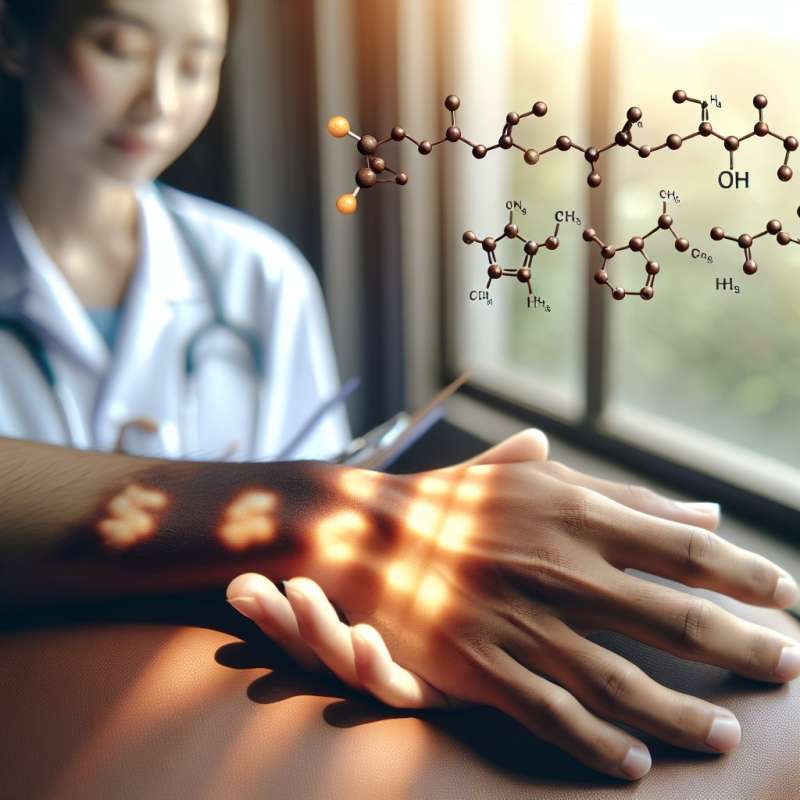
Understanding ACTH Basics
Adrenocorticotrophic hormone (ACTH) is a polypeptide tropic hormone produced by the anterior pituitary gland. Its primary role is to stimulate cortisol production in the adrenal cortex.
ACTH: Molecular Structure
ACTH consists of 39 amino acids, with a molecular weight of 4,540 daltons. It is synthesized from a larger precursor, pro-opiomelanocortin (POMC), which is also a precursor for other peptides.
Regulation of ACTH Secretion
ACTH release is regulated by the hypothalamic corticotropin-releasing hormone (CRH) and is inhibited by glucocorticoids through a negative feedback loop.
ACTH's Role in Stress Response
During stress, ACTH levels rise, leading to increased cortisol production. This enhances the body's ability to respond to stress with increased glucose production and anti-inflammatory effects.
Diagnostic Use of ACTH
ACTH levels can be measured to diagnose adrenal and pituitary disorders. The ACTH stimulation test evaluates the adrenal glands' response to the hormone.
ACTH and Immune System
ACTH not only impacts the endocrine system but also modulates the immune response. It influences the secretion of cytokines and can suppress inflammation.
Rare Facts About ACTH
ACTH can exhibit melanocyte-stimulating properties due to its similarity with MSH (melanocyte-stimulating hormone), occasionally leading to hyperpigmentation in patients with elevated levels.
What produces ACTH?
Adrenal cortex
Anterior pituitary gland
Hypothalamus
Company